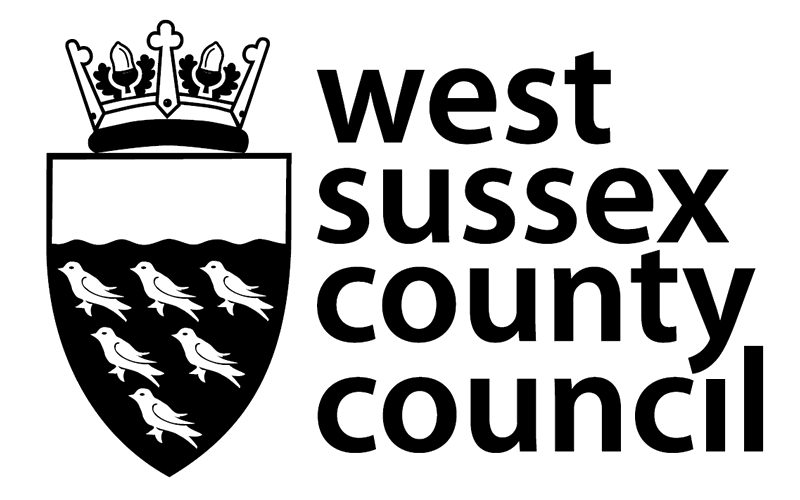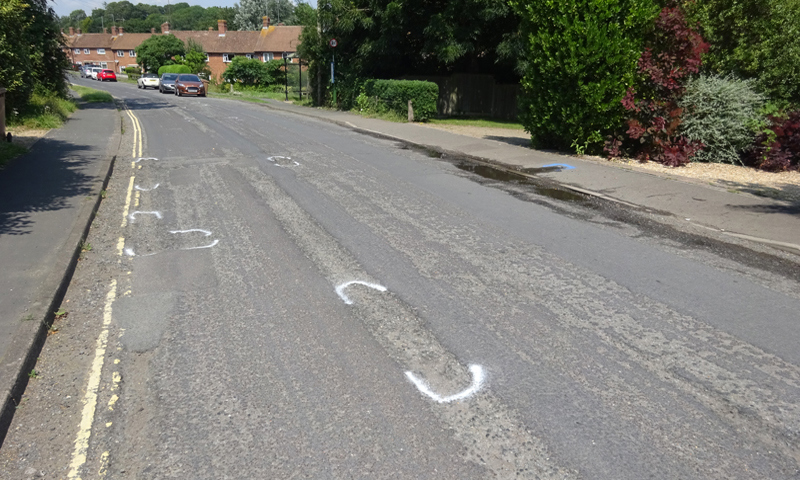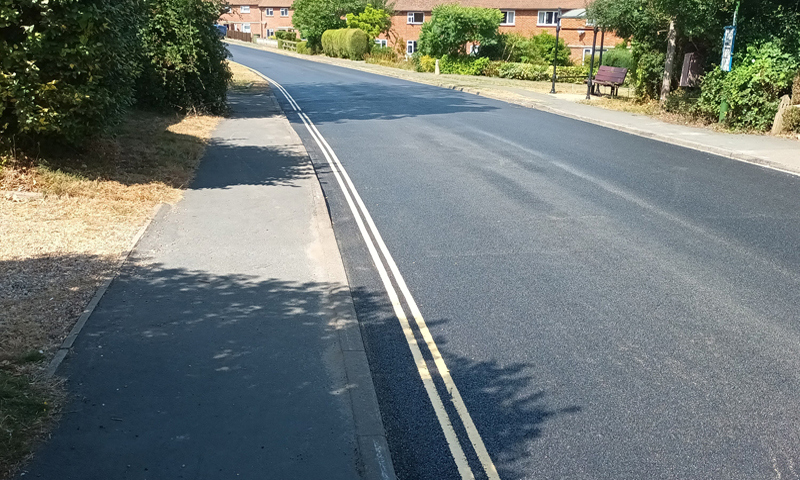Carriageway resurfacing involves the replacement of the existing road surface with new asphalt or macadam (tarmac). Where possible, we will overlay the existing road construction with new material to increase the overall strength of the road construction. Overlaying the existing surface is also better for the environment because the old surface does not have be transported elsewhere and it is therefore more cost effective.
Where overlaying the old surface is not possible, for example to maintain kerb face at property thresholds, the existing road construction is removed to the required depth before being reinstated with new material.
The process of removing the existing road layers is known as ‘milling’ or ‘planing’ and is carried out by large machinery which breaks up the existing road before removing it from the site. Where possible, and in the vast majority of cases, this material is transported to an asphalt plant, where it is used in the mixing and manufacture of fresh tarmac.
After the existing surface has been removed to the appropriate depth, the newly exposed substrate is thoroughly swept by a mechanical sweeper to ensure that no loose aggregate is present. At this stage any items of street furniture/ironwork (manhole covers, gully grates and fire hydrants) are adjusted and/or replaced to the new surface levels. At this time, the point where the old and new surfaces meet, the old surface is trimmed with a floor saw to form a neat, straight joint to which the new surface is laid.
Once all items of ironwork have been adjusted and all construction joints have been neatly formed, the whole of the substrate is sprayed with a layer of hot bituminous bond coat. The bond coat is a very sticky bituminous emulsion which seals the substrate, thereby helping to prevent the ingress of water and the formation of potholes, while also providing a medium for sticking the new surface to the old one.
Only after the bond coat has been sprayed and allowed to ‘break’, is the road ready to receive the new surface which is done using a road paving machine or Paver. During the paving process, very hot asphalt/tarmac in excess of 130°C, is delivered to the Paver from an insulated asphalt delivery wagon. The hot material passes through the paver to the back of the machine where it is smoothed and laid to the correct thickness.
Road rollers then make repeated passes over the hot, newly laid asphalt to compact the material to ensure its durability. This compaction phase must be completed before the new road surface cools to the minimum compaction temperature of approximately 80°C.
After compaction has been completed and the road surface temperature has cooled to the ambient temperature, road markings and road studs can then be replaced before the road is returned to normal use.



